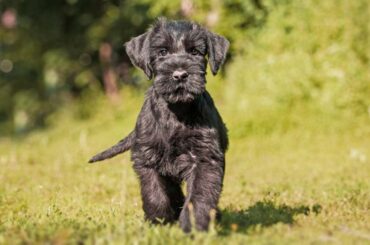Table of Contents
A Comprehensive Guide on How to Train a Belgian Malinois
Belgian Malinois is a breed renowned for its intelligence, agility, and unwavering loyalty. The unique qualities of the Belgian Malinois demand a specialized approach to training. In this comprehensive guide, we will delve into How to Train a Belgian Malinois, the 3 steps approach, methods and strategies to cultivate a strong bond, foster discipline, and unleash the full potential of your remarkable Belgian Malinois.
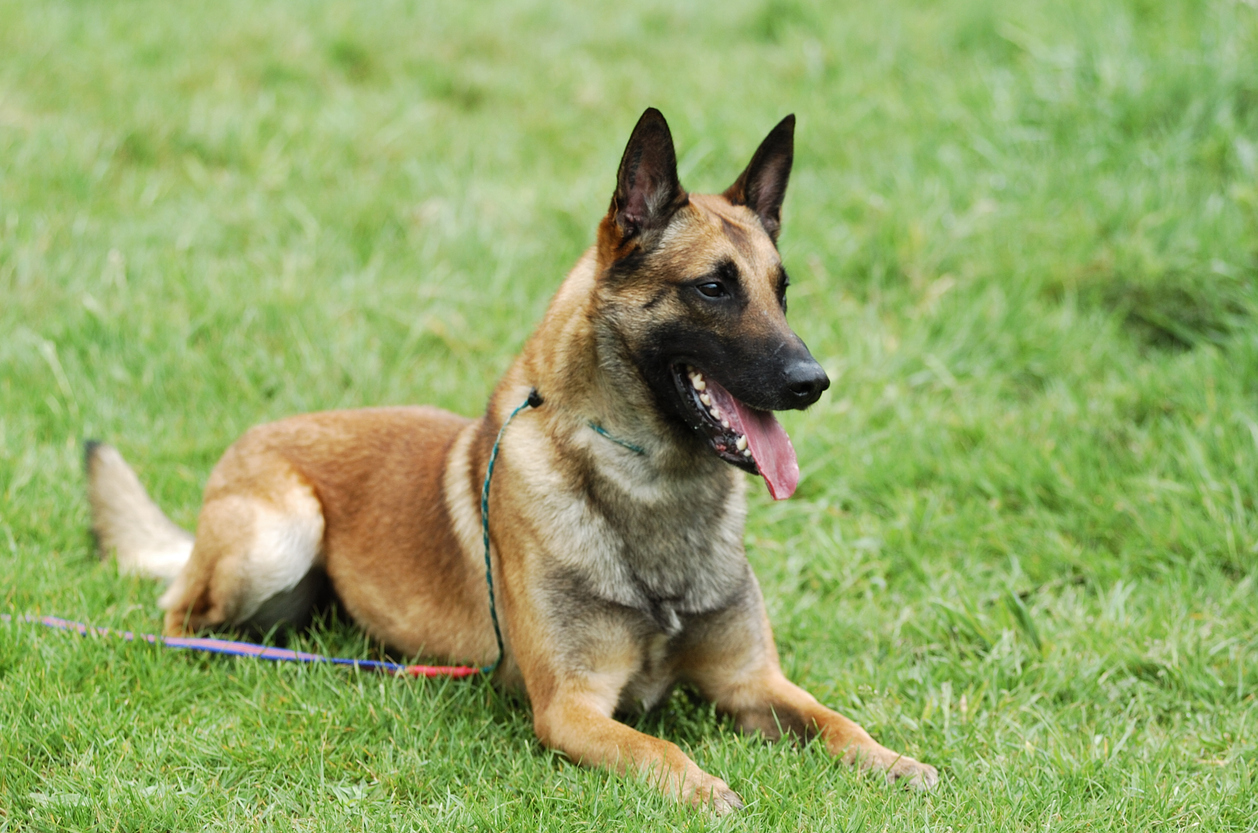
From basic obedience to advanced skills, this article is designed to empower you with the knowledge and tools needed to navigate the training process with confidence and compassion. Get ready to embark on a rewarding journey that will not only shape your Malinois into a well-behaved companion but also strengthen the unbreakable bond between you and your four-legged friend.
About Belgian Malinois
Belgian Malinois are a strong breed in terms of mind and body. Because of their remarkable intellect and strength, which have been developed over many generations of meticulous breeding, Belgian Shepherd dogs are used for a variety of tasks, from farming and herding to law enforcement and military operations.
Despite their adaptability, these same characteristics make them difficult to include into the family. The self-assured Belgian Malinois are cognizant of their intelligence. Without adequate excitement, they become irritable or destructive and require their owners to provide them with firm and continuous guidance.
How to Train a Belgian Malinois takes work, but a seasoned owner with poise and patience can harness their dog’s intelligence to help them become incredibly well-mannered companions. Below we will be discussing the 3 Steps Approach to How to Train a Belgian Malinois.
3 Steps Approach to How to Train a Belgian Malinois
1. Engaging in Foundational Training
Socialize your dog at a young age
In order to ensure that your dog learns that new places and people are a normal part of life, it is important to socialize it as early as possible. A puppy goes through a period of socialization between the ages of 4 and 14 (or possibly up to 18) weeks old.
- Tip on How to Train a Belgian Malinois is to acclimate your puppy to being around people, walk or carry it in public areas like crowded shopping streets and marketplaces. It will be less likely to feel threatened by strangers after this kind of early exposure.
- Invite a diverse range of individuals to your house. Introducing strangers into your home can instill in your dog the belief that visitors are common and they should not be alarmed if they do so again.
Take the time to bond with your dog
A dog’s existence is incomplete without play, and it can greatly facilitate the development of a bond between you and your pet. Particularly affectionate canines who like spending time with their owners are malinois. So, you should start spending quality time with your dog every day at an early age if you are considering How to Train a Belgian Malinois. A young puppy should play for at least thirty minutes a day, while an older dog can benefit from extra play and exercise time with you.
You may, for instance, provide your Malinois a tiny rubber ball to play with. After you toss the ball to the dog, practice retrieving it.
Treat your dog with kindness
Being calm and non-violent with the dog is an important aspect on How to Train a Belgian Malinois and also for building a solid training foundation. Generally speaking, forceful training methods do not work on Malinois. If you want your puppy to trust you and be excited to do what you ask of it, don’t treat it harshly when it’s still a small puppy.
- Control your expectations for the dog’s conduct and concentrate on building an affectionate relationship rather than a fear-based one.
- While it’s crucial to break bad habits like using the house as a restroom, redirecting the dog and modeling appropriate behavior are far more beneficial than scolding or physically abusing it. Keep in mind that a dog you yell at probably has no idea why you are yelling at it.
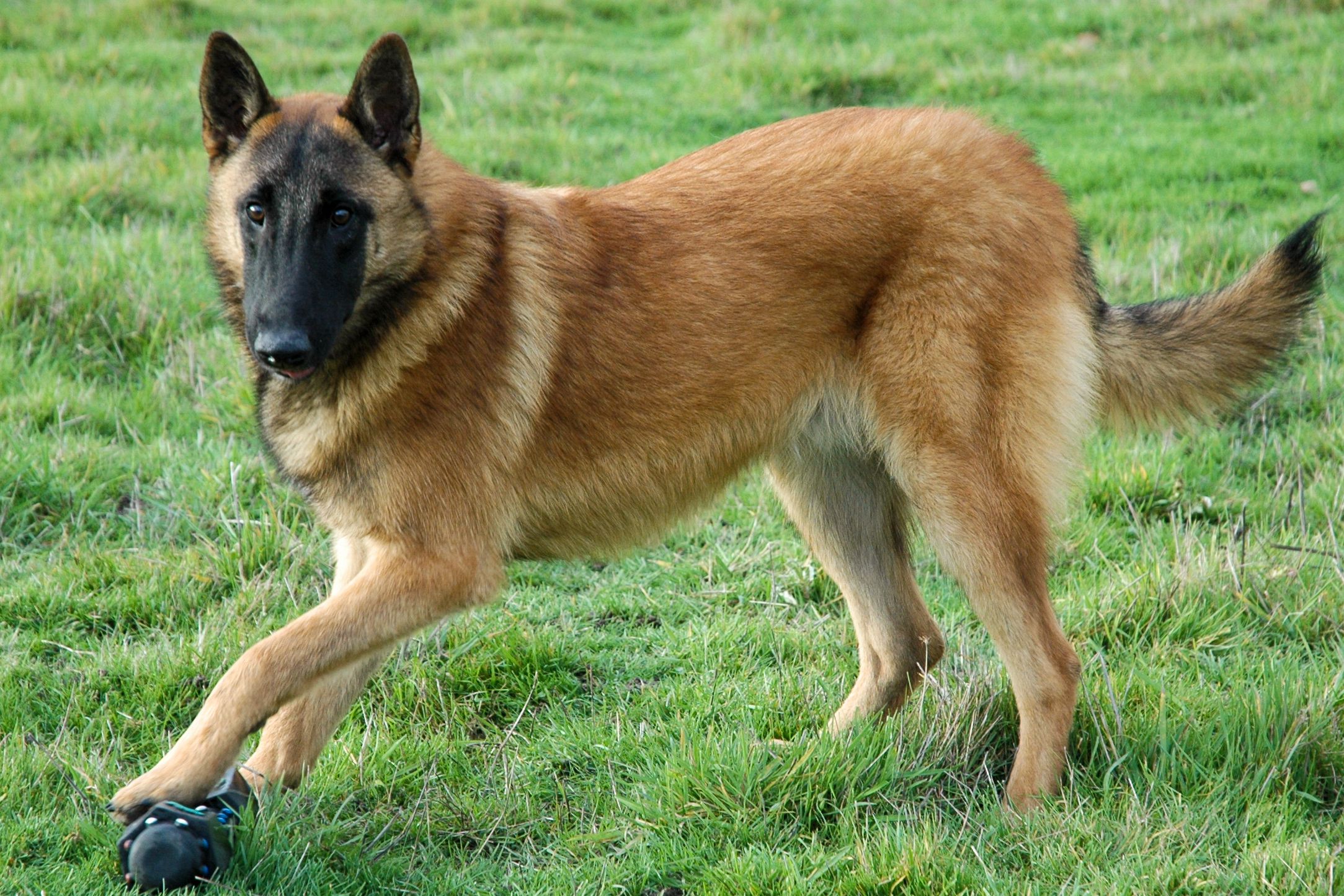
2. Teaching Your Malinois Commands
Puppies should begin training at 8 weeks old
A young puppy can learn to obey your directions just well, and starting early will prevent them from picking up undesirable tendencies. Use the commands “sit,” “stay,” and “come” to get the dog to accomplish the desired actions. Although you shouldn’t anticipate flawless behavior from a puppy at such an early age, starting to train your dog to obey verbally will lay the groundwork for obedience as it gets older. This is another effective way on How to Train a Belgian Malinois.
Use training strategies that are reward-based
Reward a dog with praise and treats for good deeds rather than punishing it for bad behavior is a better way on How to Train a Belgian Malinois. Give it a pat, compliment its intelligence in a kind voice, or give it a tiny treat immediately when it sits, uses the potty outside, or responds to a call. Early positive reinforcement will encourage the dog to perform actions that will pleasure you in the future.[5] Early use of this positive reinforcement can benefit you later on when your dog is older and needs more complex training.
Take into account employing clicker training
A unique clicking sound is included in the reward-based teaching method on How to Train a Belgian Malinois known as “clicker training.” When the dog completes the task you have requested it to accomplish, it makes this noise, which aids in the dog’s understanding. Because it reduces some of the misunderstanding that sometimes arises between trainer and dog, clicker training is a useful teaching technique. There is no doubt about your commands when the clicker is pressed precisely when the dog complies with your request.
Shorten the training sessions
Training sessions for your young Malinois should last no more than ten minutes when learning How to Train a Belgian Malinois. You can progressively lengthen each training session as the dog gets older, from thirty to an hour. Most Malinois are content to participate in multiple training sessions each day because they enjoy learning new things, staying active, and spending time with their owners.
Introducing other commands
Sit is the foundation for many other instructions, including lie down and stay. Say “down” and gesture for the dog to lie down, for example, once it has settled into a sitting position. As with teaching a dog to sit, you might need to wait until the dog wants to lie down before rewarding it with a goody.
- Saying “Good dog” when your dog behaves correctly is a good way to practice positive reinforcement.
- Continue doing this every day until your dog consistently responds to your orders.
3. Discouraging Bad Behavior
Restrict your dog’s desire to hunt
Socialization should be the initial, but not the only step in reducing the dog’s innate tendency to attack prey. Utilize the dog’s training to teach it to walk outdoors in a heel position. A Malinois can also be trained to “leave it,” which refers to leaving something alone. Reward-based training can help you control your dog’s prey drive by teaching it this command.
Cut back on herding activities
A Malinois should not be let to herd you or other people if you are taking steps on How to Train a Belgian Malinois. This tendency can swiftly develop into biting. Giving them an activity to do other than herding, like playing with a toy or taking a stroll, is the first line of defense. But you may also practice using the command “stay,” which ought to put an end to their advances.
- Since Malinois are herding dogs, don’t be alarmed if your dog follows you around the home whenever you move.
- When your dog starts to herd kids or the elderly, it can be very dangerous because they aren’t strong enough to withstand the dog’s physical attention.
Lessen the amount of times the dog begs for food
Clearly state that your mealtimes and the dog’s are different. Since this dog is still learning, you will need to teach your Belgian Malinois that you should not have it stand in front of you while you eat; instead, have it down by the doorway while you and your family eat.
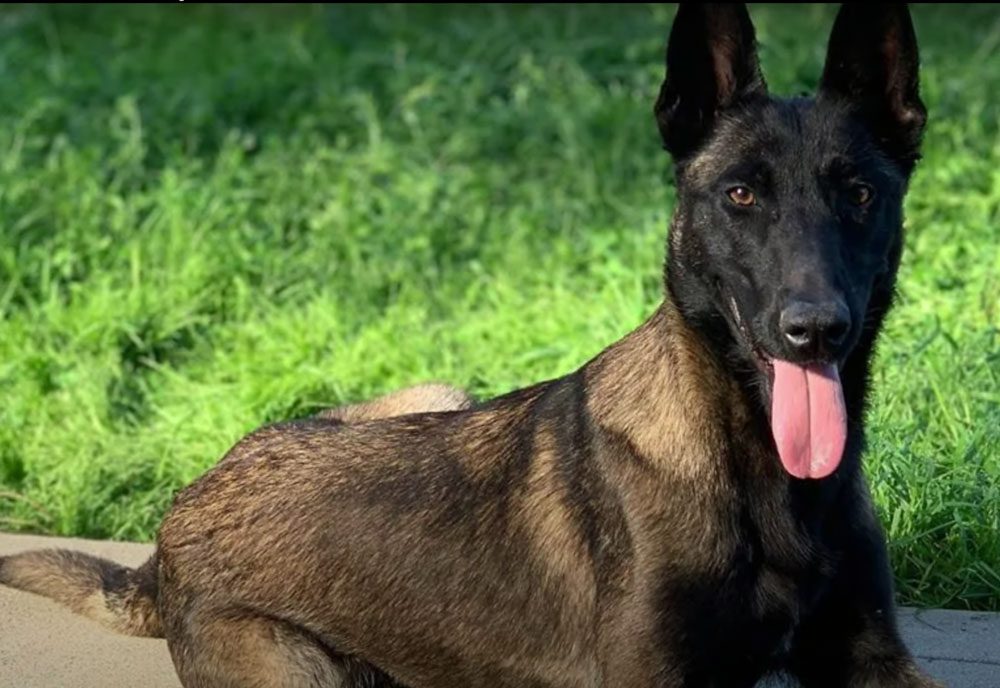
Importance of Building a Strong Bond
Building a trusting and strong bond with your Belgian Malinois is not just a sentimental aspect of pet ownership; it forms the bedrock for successful training and a harmonious relationship when learning How to Train a Belgian Malinois.
A strong bond allows for effective communication between you and your Malinois. Understanding their body language, cues, and expressions becomes intuitive, making How to Train a Belgian Malinois more efficient. Also, dogs, especially Belgian Malinois, are highly motivated by their relationship with their owner. Positive interactions and play serve as powerful motivators during training sessions, making the learning experience enjoyable for your dog.
Furthermore, when your Malinois associates training sessions with positive experiences, they are more likely to engage willingly. Playful interactions and quality time together make training a rewarding and enjoyable activity for both you and your dog.
Advanced Training for Belgian Malinois
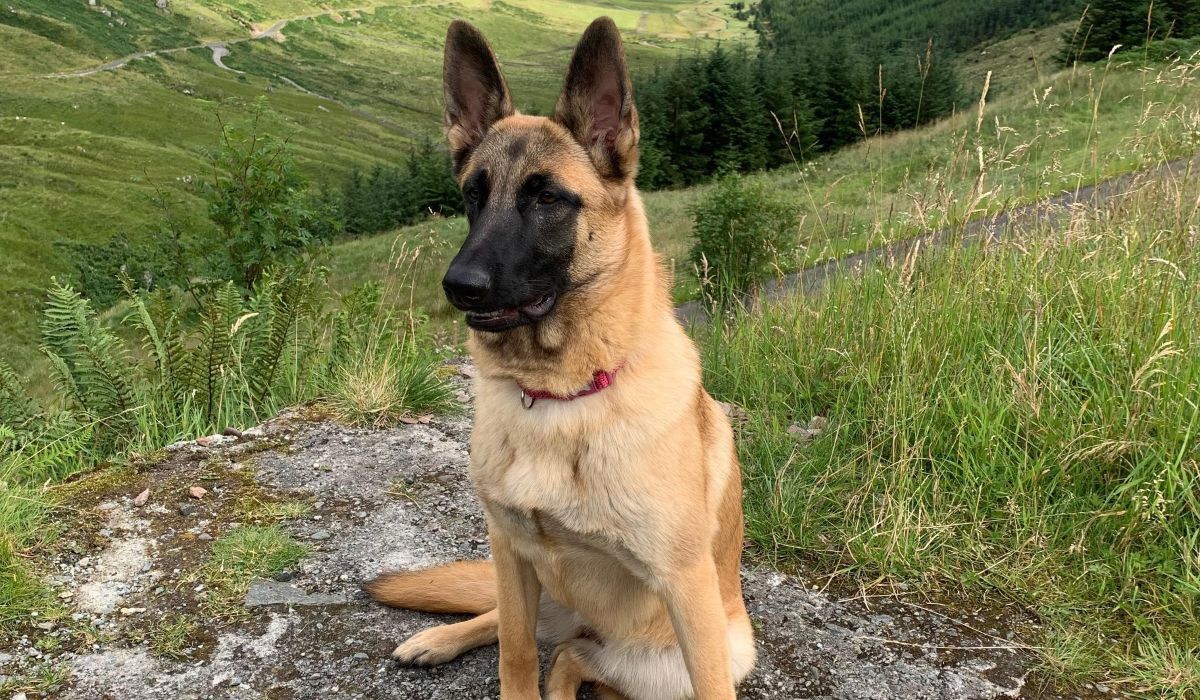
Taking your Belgian Malinois to advanced levels of training opens up exciting possibilities and channels their exceptional intelligence and energy into purposeful activities.
Agility Training
- Begin with introducing your Malinois to various agility obstacles like tunnels, jumps, weave poles, and A-frames.
- Progress to refining their movements, focusing on speed and precision through structured agility training sessions.
- Challenge your Malinois with more complex courses that require quick decision-making and coordination.
Obedience Competitions
- Ensure your Malinois has a strong foundation in basic commands like sit, stay, heel, and recall.
- Train your Malinois in advanced obedience commands such as off-leash heeling, retrieving specific items, and executing intricate sequences.
Fine-tuning Performance: - Work on refining their responses, ensuring immediate and precise reactions to your commands.
Health and Wellness Maintenance
- Ensure your Malinois is in optimal health, especially when engaging in physically demanding activities.
- Maintain a well-balanced diet and exercise routine to support their physical and mental well-being when considering How to Train a Belgian Malinois.
Specialized Training Gear
- Also in advanced training and How to Train a Belgian Malinois, introduce any specialized equipment required for specific activities, such as agility course equipment or search and rescue gear.
- Incorporate conditioning exercises to ensure your Malinois is physically prepared for the demands of their chosen advanced activity.
READ ALSO
- How to Train Anatolian Shepherd: 6 Exclusive Training Tips
- How to Train Cane Corso Complete Guide: 6 Training Techniques for a Happy and Obedient Dog
- A Comprehensive Guide on How to Train a Livestock Guardian Dog in 2024
- 4 Ways On How to Train a German Shepherd to Protect You
- Top 10 Dog Training Tips – How to Completely Train Your Dog
- Complete Puppy Training | How to Train Your Puppy- Your Guide to Basic Puppy | PetsWealth
FAQs
Are Belgian Malinois easy to train?
The breed is extremely loyal, highly responsive to training and can pick up cues and commands easily. However, the Malinois is also known for its through-the-roof energy level. This means that owning a Malinois will entail lots of physical activity on your part in order to keep your dog healthy and happy.
How do you discipline a Belgian Malinois?
You may put your dog on leash and when he goes to do what he is used to, pull back gently and say “No!”. When he pays attention to you, give a positive command, for example “Sit”. Then say “Yes!” and don’t forget to reward. The word “No!” may be also used, when correcting constant barking or other bad dog’s habits.
How can I be a good Belgian Malinois owner?
The Malinois does best in an active home. Such homes include the dog in regular, vigorous activities such as hiking, jogging, obedience, or other dog sports, in addition to free playtime in the yard. These dogs MUST have something to do. The successful home also considers the needs of every family member.




